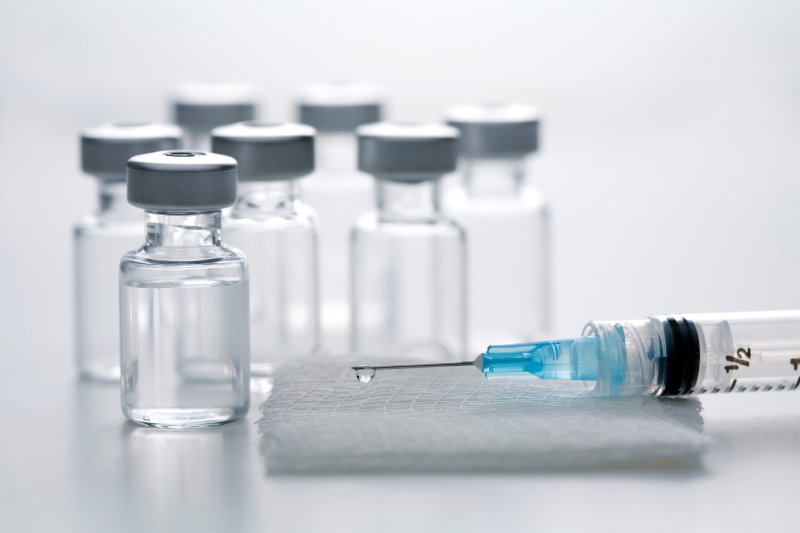By Shintaro Yamanaka et al.
Source MDPI
Objectives: To study the differences between malignant hypermetabolic axillary lymphadenopathy (MHL) and COVID-19 vaccine-associated axillary hypermetabolic lymphadenopathy (VAHL) using clinical imaging. Methods: A total of 1096 patients underwent Positron Emission Tomography-Computed Tomography (PET-CT) between 1 June 2021 and 30 April 2022 at Ehime University Hospital. In total, 188 patients with axillary lymphadenopathy after the COVID-19 vaccination were evaluated. The patients were classified into three groups such as VAHL (n = 27), MHL (n = 21), and equivocal hypermetabolic axillary lymphadenopathy (EqHL; n = 140). Differences in lymph node (LN) swellings were statistically analyzed using clinical imaging (echography, CT, and 18F-FDG PET). Results: MHL included a higher female population (90.5%) owing to a higher frequency of breast cancer (80.9%). Axillary LNs of MHL did not show any LN fatty hilums (0%); however, those of VAHL and EqHL did (15.8 and 36%, respectively). After the logistic regression analysis of the patients who had axillary lymphadenopathy without any LN fatty hilums, the minor axis length and ellipticity (minor axis/major axis) in the largest axillary LN, SUVmax, and Tissue-to-Background Ratio (TBR) were useful in distinguishing malignant lymphadenopathies. A receiver-operating characteristic (ROC) analysis indicated that a cut-off value of ≥7.3 mm for the axillary LN minor axis (sensitivity: 0.714, specificity: 0.684) and of ≥0.671 for ellipticity (0.667 and 0.773, respectively) in the largest LN with the highest SUVmax and TBR were predictive of MHL. Conclusions: Axillary lymphadenopathy of the minor axis and ellipticity in LN without fatty hilums may be useful to be suspicious for malignancy, even in patients who have received COVID-19 vaccination. Further examinations, such as 18F-FDG PET, are recommended for such patients.
Read more click here

